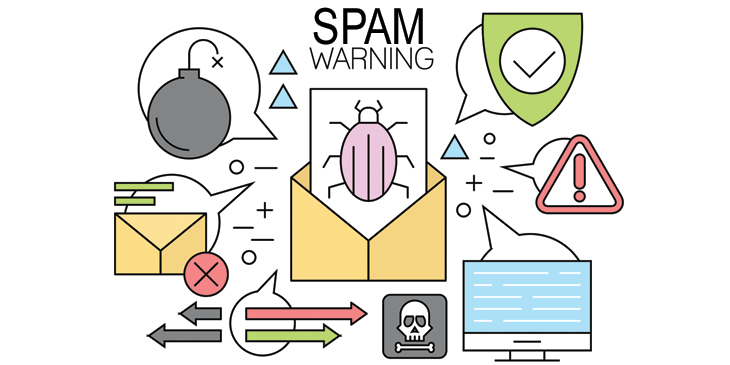Minimizing spam risks is crucial for maintaining a healthy and productive online environment. Here are some best practices to help you minimize spam likely risks:

Minimizing spam risks is crucial for maintaining a healthy and productive online environment. Here are some best practices to help you minimize spam likely risks:
